Cortaderia selloana
Common name: pampas grass
Family: Poaceae
Leaf: long, slender, 3-6' long, 1cm broad with ver sharp edges, blueish-green
Flowers: dense, white, showy panicle, 8-16" long on a 6-9' long stem, Aug-October
Habit: tall grass growing in dense tussocks
Form: upright, oval
Height: up to 9'; Spread: up to 4'
Culture: USDA hardiness zones 7-11. Succeeds in most soils, preferring a damp soil in loamy or sandy-loam soil. Fairly drought tolerant. Prefers a sunny, protected location. Very tolerant of maritime exposure. Tolerant of temperatures down to -20 degrees C, but intolerant of long periods of cold weather, and wet winter weather. Leaves have very sharp edges, best to use rose gloves when dealing with it.
Uses: Container, massing, specimen
Origin: Southern South America
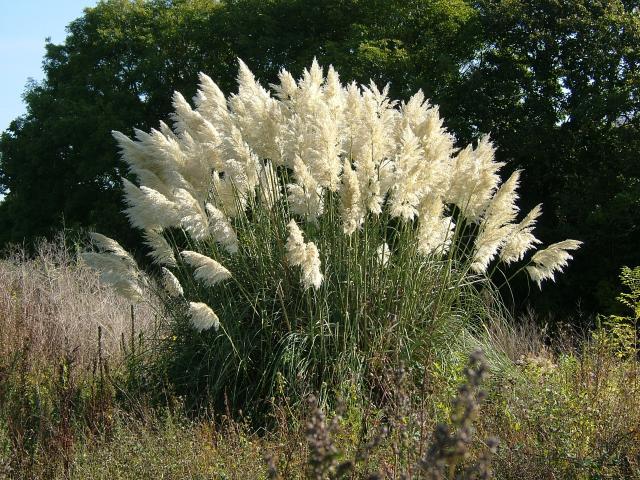
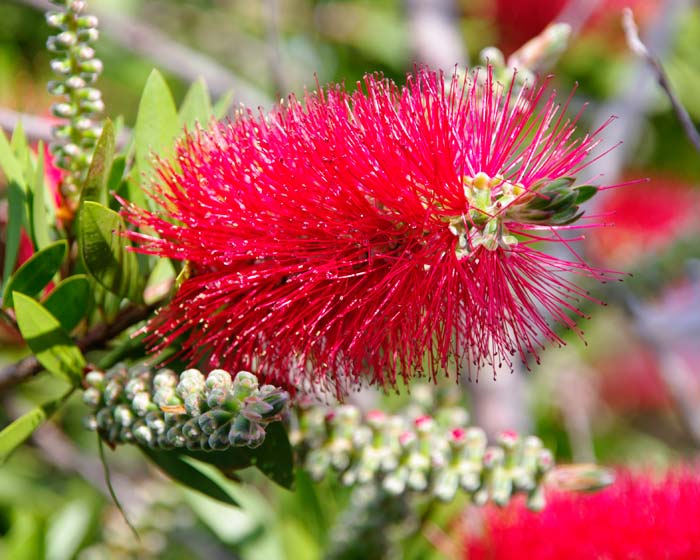









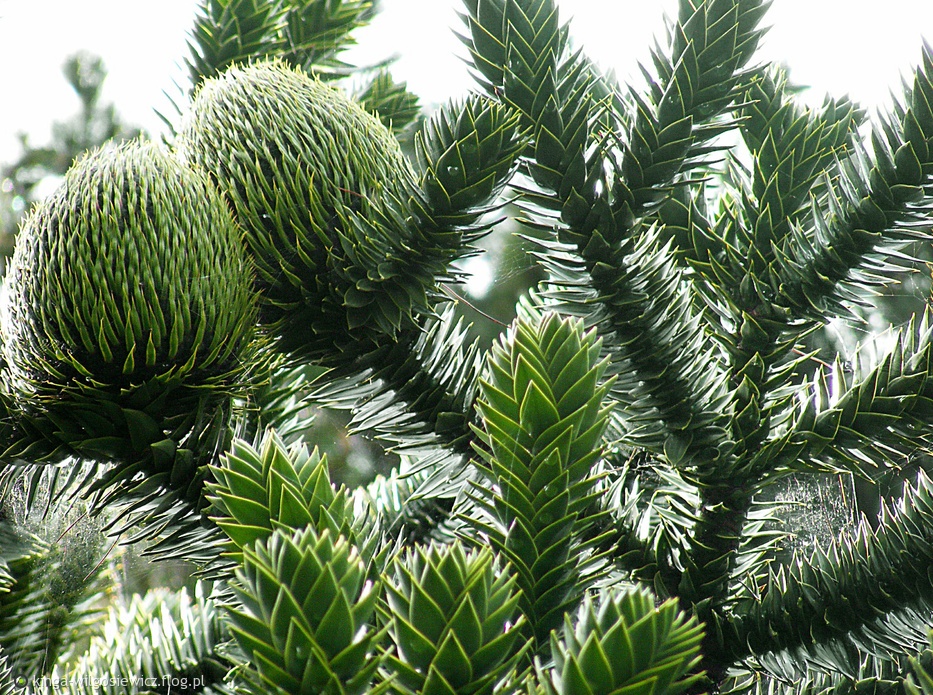



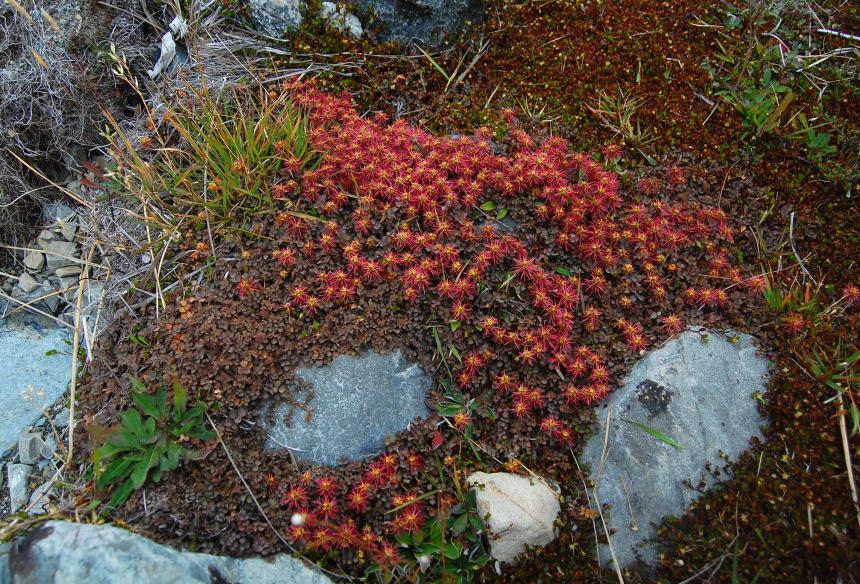




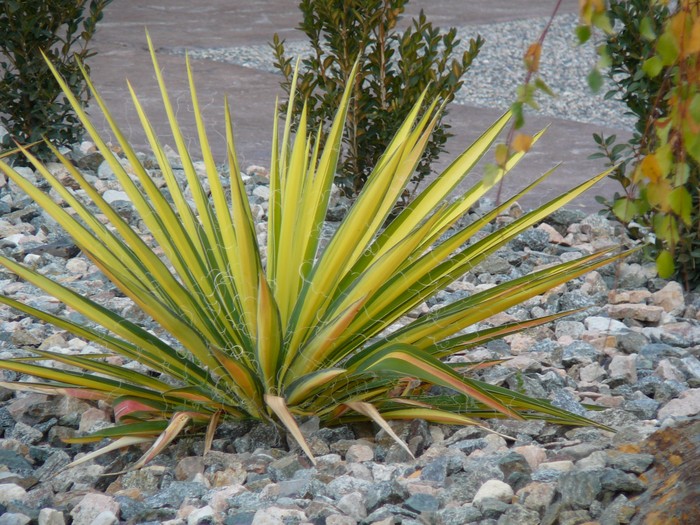





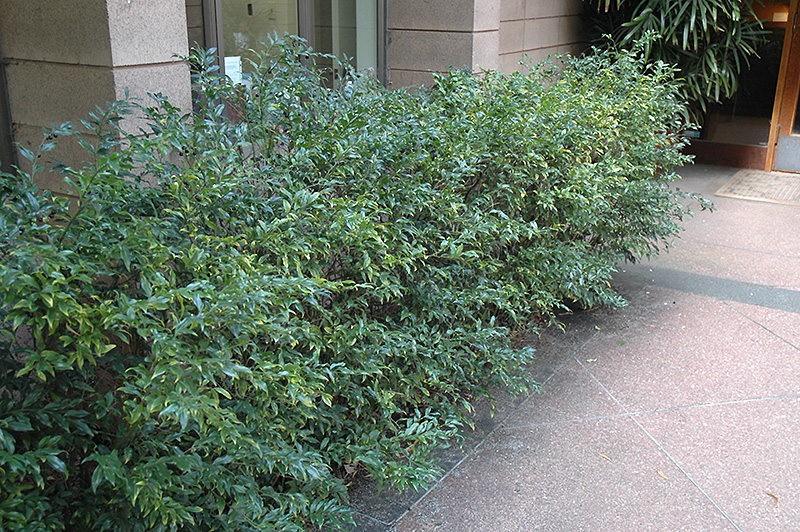




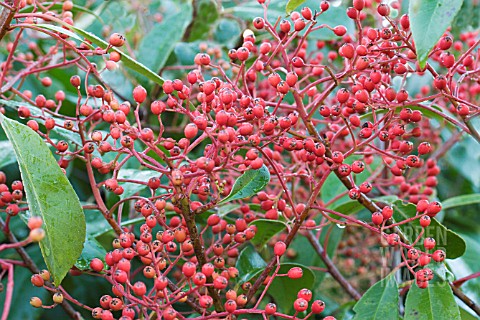


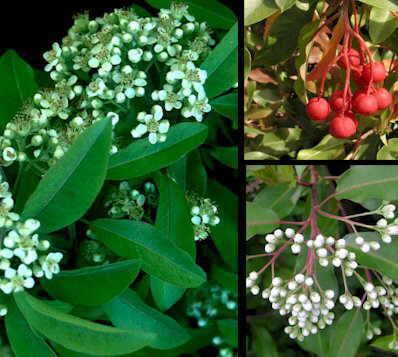


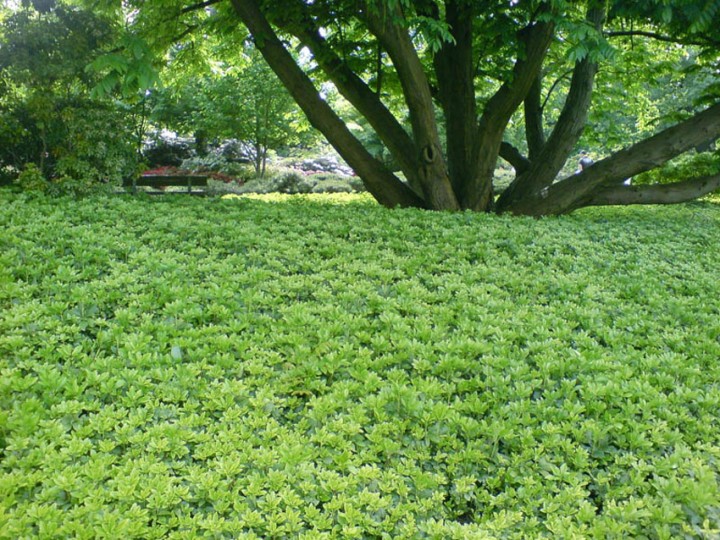


.jpg)






